Small sinks in the toilet
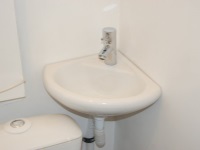
Owners of combined bathrooms suffer many inconveniences, but this layout also has certain advantages. For example, you can carry out all the hygienic procedures in one place, rather than rushing between the toilet and the bathroom.
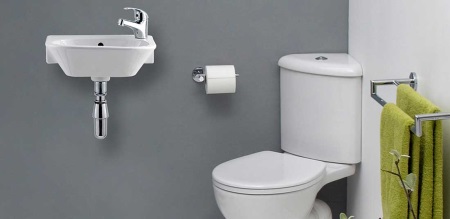
The ability to wash your hands immediately after the toilet without touching the door handles and switches is a great advantage. In separate bathrooms there is often not enough space to install a full-fledged sink, but manufacturers of sanitary ware have come up with an elegant and practical solution to this problem - small sinks, designed specifically for the toilet.
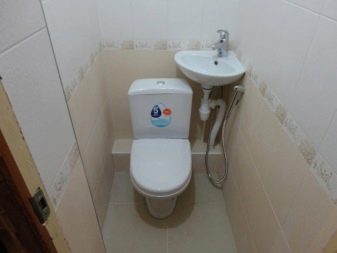
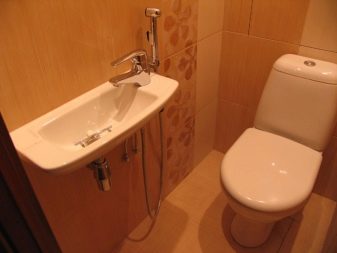
About the features and varieties of this sanitary device, we will tell you in detail in today's article.
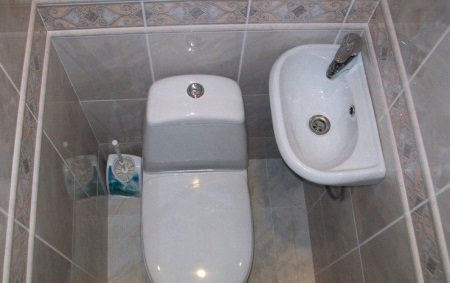
Features
The main feature of such sinks is the miniature size, allowing them to be placed even in the tiniest rooms. Thanks to the clever design and laconic design, the mini-sink can be installed almost anywhere, without disturbing the ergonomics of the bathroom.
Small washbasins for the toilet differ in several key parameters: size, shape, installation method, material of manufacture. Buyers have a choice of hundreds of models, so anyone who is puzzled by the question of buying such a sink, will definitely find a suitable option.
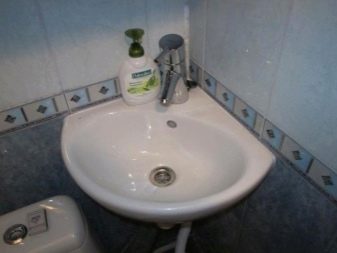
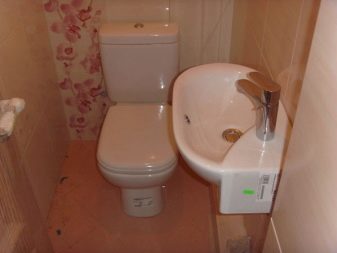
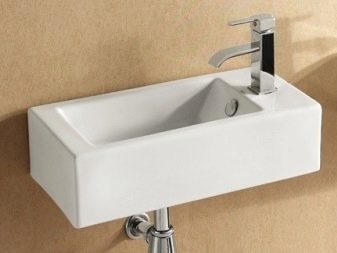
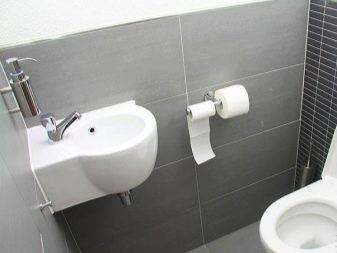
Especially for miniature washbasins in the toilet we develop sanitary equipment - taps, faucets, etc., which are more compact, compared to the usual, dimensions.
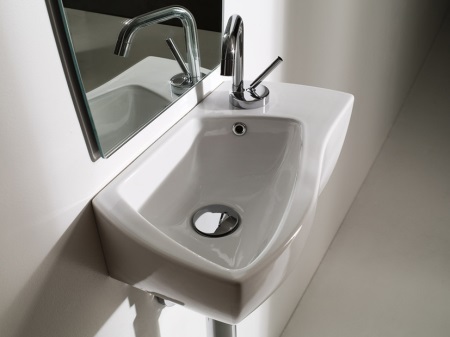
Dimensions
Choosing a small sink for the toilet, first of all you need to decide on its size. It is necessary to proceed from the area of the bathroom and the availability of space in it. There is a line of sizes for such sinks, but there are also designer models that have non-standard dimensions.
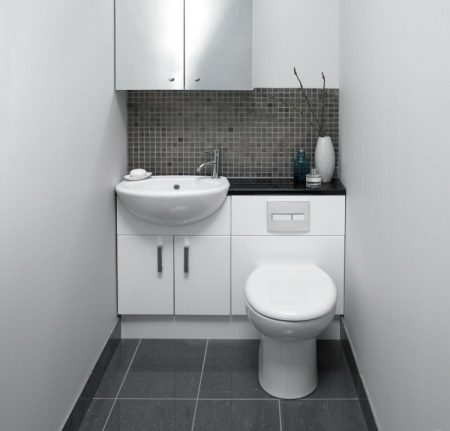
Typically, the size of the sanitary appliance is determined by three parameters: length, width and height.
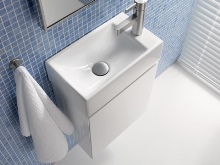
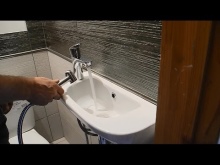
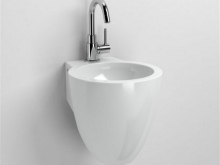
Length
The length of washbasins for the toilet is very short, because they are intended exclusively for washing hands, so there is no need for large bowls. The longest mini-sinks are 45-cm, and the shortest are about 20 cm long. Miniature models tend to be more popular: most often customers buy sinks with a length of 23 cm.
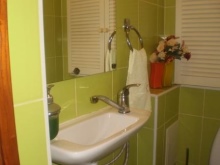

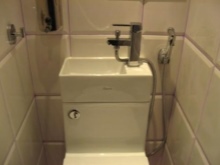
Width
The width, or depth of the sink is one of the most important criteria, because it determines how comfortable you will use this sanitary appliance. The largest models can hardly be called compact, as their width is 65 cm. And the narrowest washbasins have a width of only 18 cm.
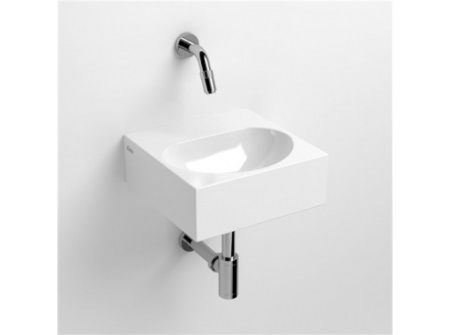
Height
The height of the sink is usually not too important for buyers, because it has almost no effect on the useful space occupied by this sanitary appliance. The height of the models on the market ranges from 7 to 62 cm, and the height of the pedestal, on which the bowl is installed, is usually taken into account. The most in demand are mini-sinks of standard height - 18 cm.
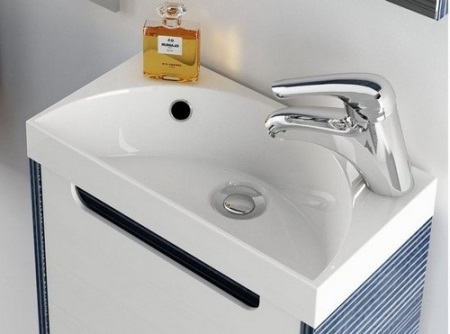
Mini variants
The tiniest toilet sinks are not very functional - you can only wash your hands in them and rinse a sponge for cleaning, but you don't need more, because for everything else there is a large, full sink in the bathroom. Therefore, between convenience and compactness, most buyers choose the latter.
Angular washbasins, as well as models of non-standard shapes - round, oval, etc., take up the least space. Due to the fact that these sinks have no corners, you can approach them from any side, so it is much easier to choose a place for installation.
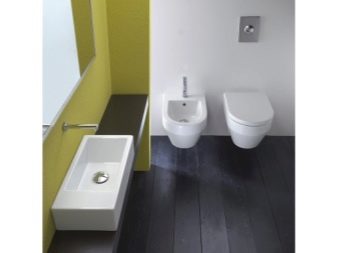

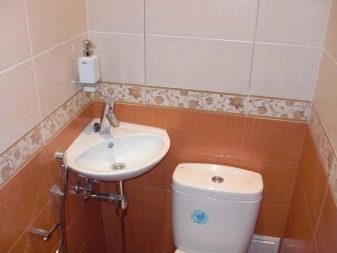
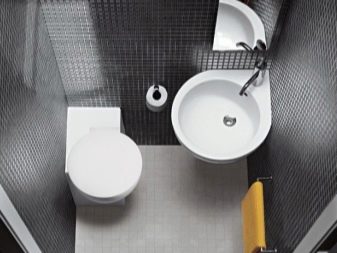
Here are some options for miniature sinks:
- Melana MLN-8010A corner sink, 23x23x13 cm;
- Scarabeo IN-OUT 25 8019 round washbasin, 24.5x24.5x14 cm;
- Hidra LOFT LO20 rectangular basin, 32x20x12 cm;
- Melana MLN-7947A semi-circular washbasin, 40.5x22.5x13 cm.
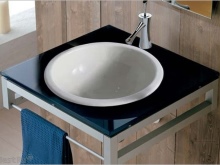
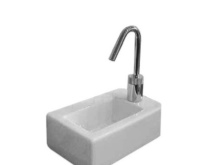

Wall-hung sinks
Since every inch of space is important when there is a shortage of free space, the design of small sinks for the toilet provides such an installation, which would "eat up" as little space as possible. That's why suspended models are the most popular because they don't need a pedestal or a drawer.
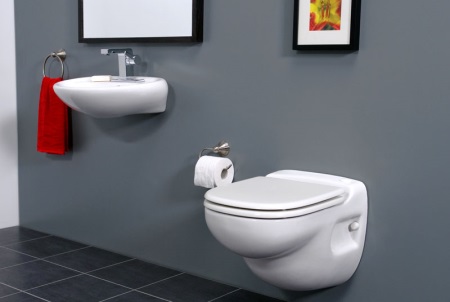
The wall-mounted mini-sinks are fixed to the wall with metal brackets. However, with this method of installation, all the tubes and hoses connected to the sink remain in sight, so if you do not hide the communications behind the false wall, such a design will not look very aesthetically pleasing. The advantage of suspended sinks is that they do not interfere with cleaning in the toilet at all.
Corner models
The owners of the most cramped bathrooms, as a rule, choose corner sinks. Such models are also suitable for non-standard rooms, such as very long or narrow toilets. Triangular sinks are also great for bathrooms that have niches and partitions.
When buying a corner mini-sink, you need to take into account many details. So, it should not interfere with the opening-closing of the toilet door and, accordingly, the entry-exit from the room. The mixer should be as compact and low as possible, otherwise the jet of water will splash all over the room.
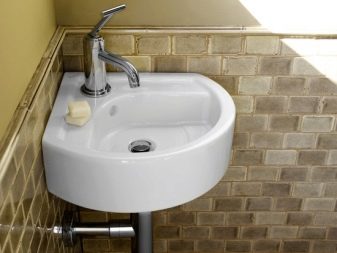
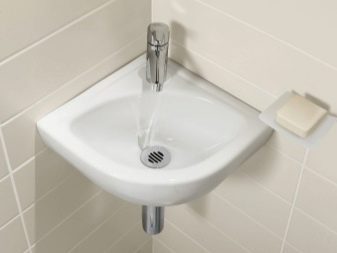
The most "popular" size of small corner sinks for the toilet - 25x25 cm. However, in recent years, models with dimensions of 23x23 cm are in increasing demand.
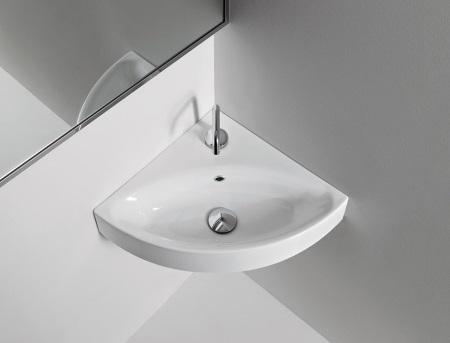
Models with a pedestal
If the size of your toilet allows you to use the space under the sink, consider the mini washbasins, which can be installed on a special pedestal. A cabinet not only acts as a support for the bowl, it also hides all the running water and utilities, but it also provides a storage place for household chemicals and cleaning supplies. Some pedestals are equipped with drawers in which you can store towels and hygiene products.
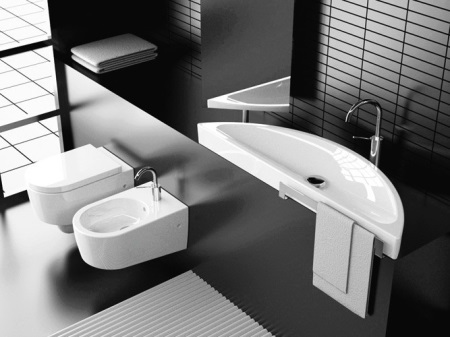
Small sinks with a pedestal come in several varieties:
- overhead models;
- models with a pedestal (also a kind of cabinet, but without doors or drawers);
- mortise models;
- models with a built-in countertop.
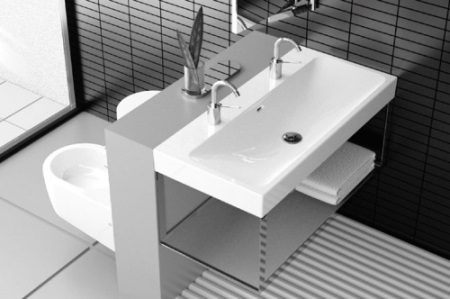
Sink materials
For the manufacture of small sinks, intended for installation in the toilet, use the following types of materials:
- Porcelain - ceramic sinks are made by long firing, so they are very durable and quite expensive.
- Earthenware - the most popular and affordable material, of which the bulk of sanitary devices are made.
- Natural stone - looks incredibly spectacular, but it is expensive and not very practical material.
- Artificial stone is a great alternative to natural raw materials, it looks no worse, but this material is cheaper and more convenient to use.
- Metal - more often used in the manufacture of kitchen sinks than for the production of small "toilet" sinks, but for the bathroom in the style of high-tech you will not find a better option.
- Wood is another rare and expensive material; such sinks are difficult to find on sale, as they are mostly made to order.
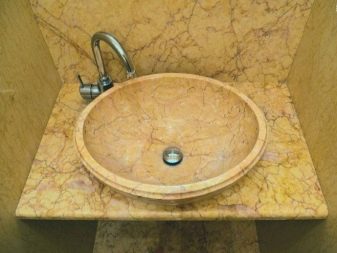
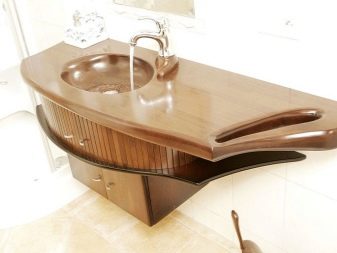
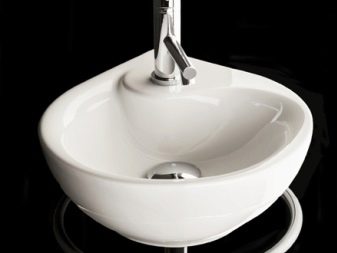
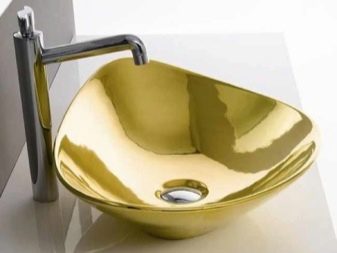
Choosing Tips
An interesting solution to make the most efficient use of the tight space is to install the sink over the toilet. A miniature washbasin placed above the cistern does not take up useful space, so this idea will certainly appeal to owners of the tiniest toilets. If you are not too limited in money, then look at the modern combined models of sanitary ware, combining the functions of the sink and toilet.
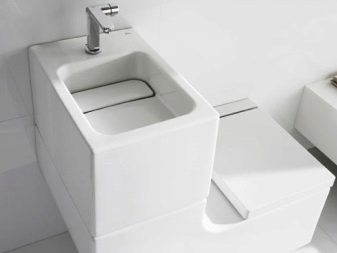
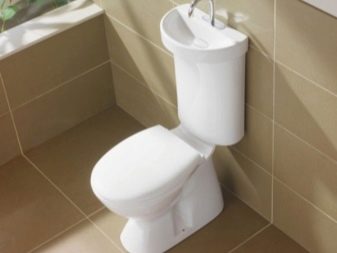

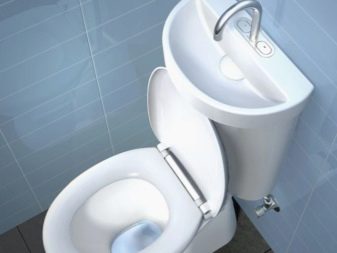
Deciding to install a small sink in the toilet, think about connecting a sanitary shower - a more compact and affordable equivalent of a bidet. The shower hose with a shower head can be connected directly to the washbasin, using a special faucet with an additional hole.
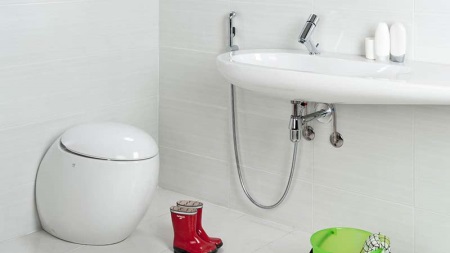
Learn more about miniature sinks in the bathroom and how to choose this plumbing equipment correctly in the following video.




